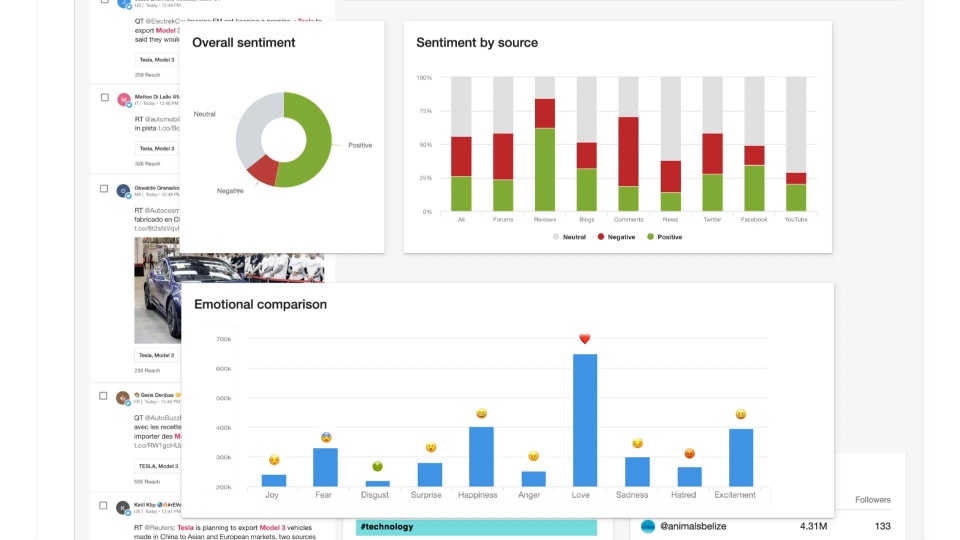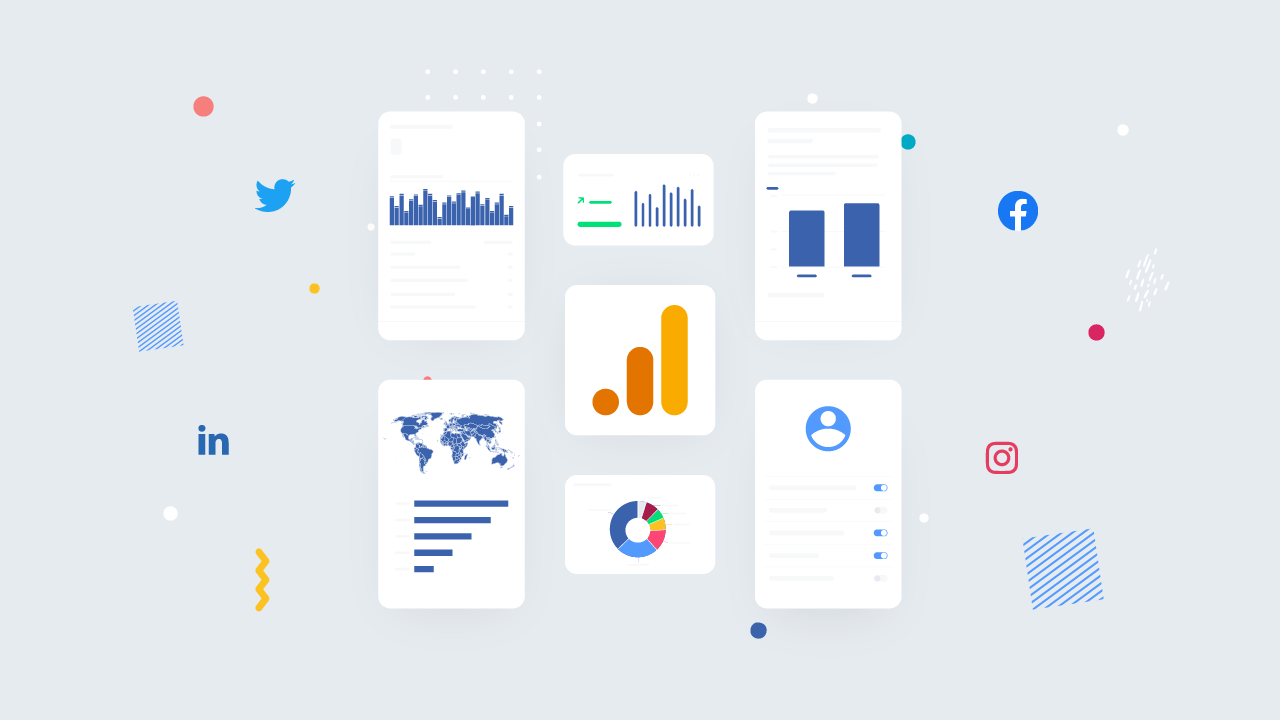In the digital age, where information flows freely through the vast landscape of the internet, businesses and individuals alike are seeking ways to stay ahead of the curve. This quest for relevance and insight has given rise to the field of social media monitoring analytics. In this article, we will delve deep into the world of social media monitoring analytics, exploring its significance, tools, techniques, and the remarkable insights it can provide.
Understanding Social Media Monitoring Analytics

1. Defining the Basics
Social media monitoring analytics involves the collection, analysis, and interpretation of data from social media platforms. This data can encompass user interactions, post-engagement, demographics, and more.
2. Why It Matters
The insights derived from social media analytics are invaluable. They enable businesses to make informed decisions, optimize their marketing efforts, and enhance their online presence.
Tools and Platforms
1. A Glimpse at Top Analytics Tools
Several tools have emerged to aid in social media analytics, including AIM Insights, Sprout Social, and Google Analytics. Each has its unique features and capabilities.
2. Choosing the Right Platform
Selecting the appropriate analytics platform depends on your specific needs and goals. Consider factors such as ease of use, integration capabilities, and pricing.
Key Metrics for Monitoring
1. Engagement Metrics
Engagement metrics measure how users interact with your content. This includes likes, comments, shares, and click-through rates.
2. Audience Metrics
Understanding your audience is crucial. Demographic data, location, and online behavior provide insights into who is engaging with your content.
3. Content Performance Metrics
Analyzing the performance of individual posts helps refine your content strategy. Metrics such as reach, impressions, and conversion rates come into play here.
Benefits for Businesses
1. Enhancing Brand Visibility
Effective social media monitoring can boost your brand’s visibility. By understanding what resonates with your audience, you can tailor your content accordingly.
2. Customer Insights and Feedback
Social media analytics allows you to listen to your customers. Their comments and feedback can shape product development and customer service.
3. Competitive Analysis
By monitoring competitors, you gain insights into their strategies and audience engagement. This knowledge can inform your approach.
Effective Strategies
1. Setting Clear Objectives
Before diving into social media monitoring, define your objectives. What do you hope to achieve? Setting clear goals will guide your efforts.
2. Tracking and Measuring Performance
Consistent monitoring and measurement are vital. Regularly assess your data to identify trends and opportunities.
3. Real-time Monitoring
In the fast-paced world of social media, real-time monitoring is crucial. Address issues, respond to feedback, and capitalize on trending topics promptly.
Challenges in Social Media Analytics
1. Data Privacy and Ethics
As you gather data from social media, respect privacy and ethical considerations. Ensure compliance with relevant regulations.
2. Handling Negative Feedback
Not all feedback will be positive. Social media monitoring analytics help you address negative comments constructively.
3. Keeping Up with Trends
The digital landscape is ever-changing. Staying updated with the latest trends and tools is a continuous process.
The Future of Social Media Monitoring Analytics
1. AI and Machine Learning Integration
The future of social media analytics holds exciting possibilities with the integration of AI and machine learning. These technologies promise more accurate predictions and deeper insights.
2. Predictive Analytics
Anticipating trends and customer behavior can be a game-changer. Predictive analytics will play a significant role in shaping social media strategies.
Best Practices
1. Regular Reporting
Consistent reporting keeps stakeholders informed and engaged. Share your findings with your team and use them to refine your approach.
2. Continuous Learning and Adaptation
The digital landscape evolves rapidly. Embrace a culture of continuous learning and adaptation to stay competitive.
3. Collaboration Across Teams
Social media monitoring analytics is a collaborative effort. Encourage cross-functional teams to work together for more comprehensive insights.
ROI in Social Media Monitoring Analytics
1. Measuring Return on Investment
Determining the ROI of social media analytics can be challenging, but it’s essential. Track your investments and the results they yield over time.
2. Long-term Benefits
Remember that the benefits of social media monitoring analytics often extend beyond immediate returns. It’s an investment in the future of your brand.
The Human Touch
1. The Role of Human Analysts
While technology is crucial, the human touch remains irreplaceable. Skilled analysts can provide context and creativity that data alone cannot.
2. Combining Data and Creativity
Incorporate data-driven insights into your creative processes. Blend analytics with your team’s creativity to produce compelling content.
Conclusion
In a world inundated with data, social media monitoring analytics stands as a beacon of clarity. It empowers businesses to make informed decisions, connect with their audience, and adapt to the ever-evolving digital landscape. By harnessing the power of data, you gain a competitive edge in the online sphere.
Ready to unlock the potential of social media monitoring analytics for your business? Request a demo from AIM Technologies today and discover how data can transform your digital strategy.
FAQs
What is social media monitoring analytics?
- Social media monitoring analytics involves the collection and analysis of data from social media platforms to gain insights into user behavior and engagement.
How can social media analytics benefit my business?
- Social media analytics can help businesses make informed decisions, enhance brand visibility, understand their audience, and stay competitive in the digital landscape.
Which social media analytics tool is the best?
- The choice of a social media analytics tool depends on your specific needs and goals. Consider factors like ease of use, integration capabilities, and pricing.
What challenges should I anticipate when using social media analytics?
- Challenges in social media analytics include data privacy and ethics, handling negative feedback, and keeping up with the rapidly changing digital landscape.
How can I measure the ROI of social media monitoring analytics?
- Measuring ROI involves tracking your investments in social media analytics and assessing the long-term benefits it brings to your business.


